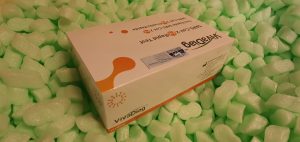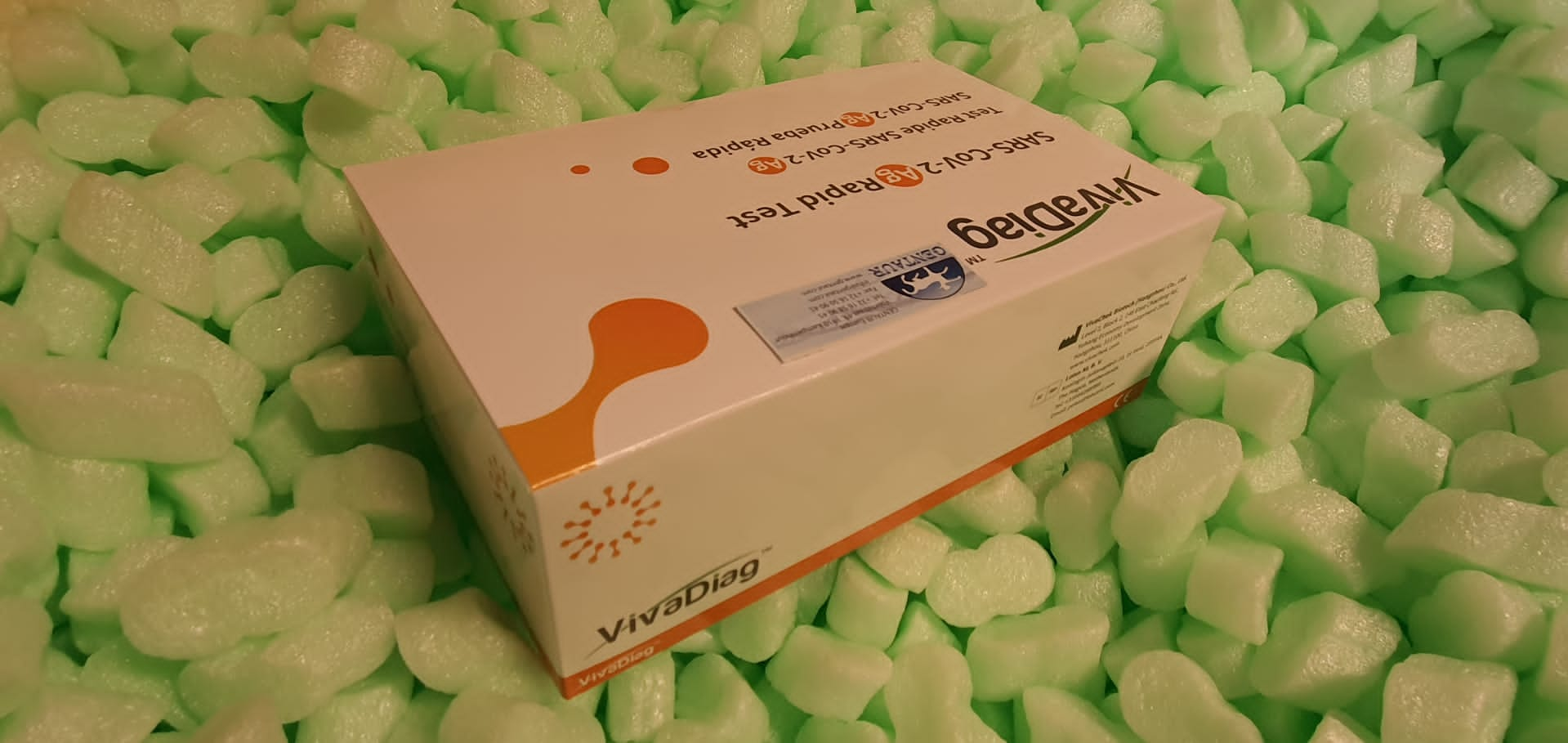Trypanosomatidae household belongs to the Kinetoplastida order, which consists of compulsory parasites that have an effect on crops and all courses of vertebrates, particularly people and bugs. Among the heteroxenic parasites, Leishmania spp., Trypanosoma cruzi, and T. brucei are protozoa of most important curiosity for medicinal chemistry, being etiological brokers of Leishmaniasis, Chagas, and Sleep Sickness illnesses, respectively. Currently, inefficient pharmacotherapy, particularly in continual phases and low selectivity in the direction of parasite/host cells, justifies the necessity to uncover new medicine to deal with them successfully. Among different targets, the sterol 14α-demethylase (CYP51), an enzyme accountable for ergosterol’s biosynthesis in Trypanosomatidae parasites, has obtained extra consideration within the improvement of latest bioactive compounds.
In this context, antifungal ravuconazole proved to be probably the most promising drug amongst this class in opposition to T. cruzi, being utilized in mixed remedy with Bnz in clinic trials. Non-antifungal inhibitors, such as VFV and VNF, have proven promising outcomes in opposition to T. cruzi and T.brucei, respectively, being examined in Bnz-combined therapies. Among the experimental research involving azoles, compound (15) was discovered to be probably the most promising spinoff, displaying an IC50 worth of 0.002 µM in opposition to amastigotes from T. cruzi, along with being non-toxic and extremely selective in the direction of TcCYP51 (< 25 nM).
Interestingly, imidazole analog (16) was energetic in opposition to infectious types of these three parasites, demonstrating Ki values of 0.17, 0.02, and 0.36 nM for CYP51 from T. cruzi, T. brucei, and L. infantum. Finally, this evaluation will handle promising inhibitors concentrating on sterol 14α-demethylase (CYP51) from Trypanosomatidae parasites, highlighting SAR research, interactions with this goal, and up to date contributions and advances within the area, as nicely. This evaluation presents an summary of the primary methods that exist for assessing the “high quality” of microalgae cultures by means of quantification of cell viability and vitality by monitoring particular markers indicative of the standing of the tradition.
Microalgae tradition high quality indicators: a evaluation
Microalgae are photosynthetic microorganisms which have generated growing curiosity lately as a consequence of their potential functions. Their organic capability to develop quicker than increased crops and their skill to transform photo voltaic power into biomass and different bioactive molecules, has led to the event of assorted tradition programs as a way to produce completely different high-value merchandise with business curiosity. The industrialization of the microalgae cultivation course of requires the introduction of standardized high quality parameters.
In order to acquire bioactive compounds with excessive added worth at a business degree, it’s essential to sustainably produce biomass at a massive scale. Such a course of would indicate particular stress circumstances, such as variation in temperature, gentle or pH. These environmental circumstances would make it tougher to keep up the viability of the tradition and defend the yield and situation of the goal molecules. The physiological and biochemical influence of those stress components on the microalgae biomass could be doubtlessly measured by the presence and exercise of assorted biochemical indicators referred to as biomarkers.
Caffeic acid is a plant-derived compound that’s categorized as hydroxycinnamic acid which comprises each phenolic and acrylic useful teams. Caffeic acid has been enormously employed as another technique to fight microbial pathogenesis and continual an infection induced by microbes such as micro organism, fungi, and viruses. Similarly, a number of derivatives of caffeic acid such as sugar esters, natural esters, glycosides, and amides have been chemically synthesized or naturally remoted as potential antimicrobial brokers. To overcome the problem of water insolubility and poor stability, caffeic acid and its spinoff have been utilized both in conjugation with different bioactive molecules or in nanoformulation.
Besides, caffeic acid and its derivatives have additionally been utilized together with antibiotics or photoirradiation to attain a synergistic mode of motion. The current evaluation describes the antimicrobial roles of caffeic acid and its derivatives exploited both in free type or together or in nanoformulation to kill a numerous vary of microbial pathogens together with their mode of motion. The chemistry employed for the synthesis of the caffeic acid derivatives has been mentioned intimately as nicely.

A cannabidiol-loaded Mg-gallate metal-organic framework-based potential therapeutic for glioblastomas
Cannabidiol (CBD) has been proven to sluggish most cancers cell progress and is poisonous to human glioblastoma cell strains. Thus, CBD might be an efficient therapeutic for glioblastoma. In the current examine, we explored the anticancer impact of cannabidiol loaded magnesium-gallate (CBD/Mg-GA) metal-organic framework (MOF) utilizing the rat glioma mind most cancers (C6) cell line. Bioactive and microporous magnesium gallate MOF was employed for simultaneous supply of two potential anticancer brokers (gallic acid and CBD) to the most cancers cells. Gallic acid (GA), a polyphenolic compound, is a part of the MOF framework, whereas CBD is loaded inside the framework. Slow degradation of CBD/Mg-GA MOF in physiological fluids results in sustained launch of GA and CBD.
[Linking template=”default” type=”products” search=”DiscoveryProbe Bioactive Compound Library” header=”3″ limit=”145″ start=”2″ showCatalogNumber=”true” showSize=”true” showSupplier=”true” showPrice=”true” showDescription=”true” showAdditionalInformation=”true” showImage=”true” showSchemaMarkup=”true” imageWidth=”” imageHeight=””]
CBD’s anti-cancer actions goal mitochondria, inducing their dysfunction and era of dangerous reactive oxygen species (ROS). Anticancer results of CBD/Mg-GA embrace a important improve in ROS manufacturing and a discount in anti-inflammatory responses as mirrored by a important lower in TNF-α expression ranges. Molecular mechanisms that underlie these results embrace the modulation of NF-κB expression, triggering the apoptotic cascades of glioma cells. CBD/Mg-GA MOF has potential anti-cancer, anti-inflammatory and anti-oxidant properties. Thus, the current examine demonstrates that CBD/Mg-GA MOF could also be a promising therapeutic for glioblastoma.

